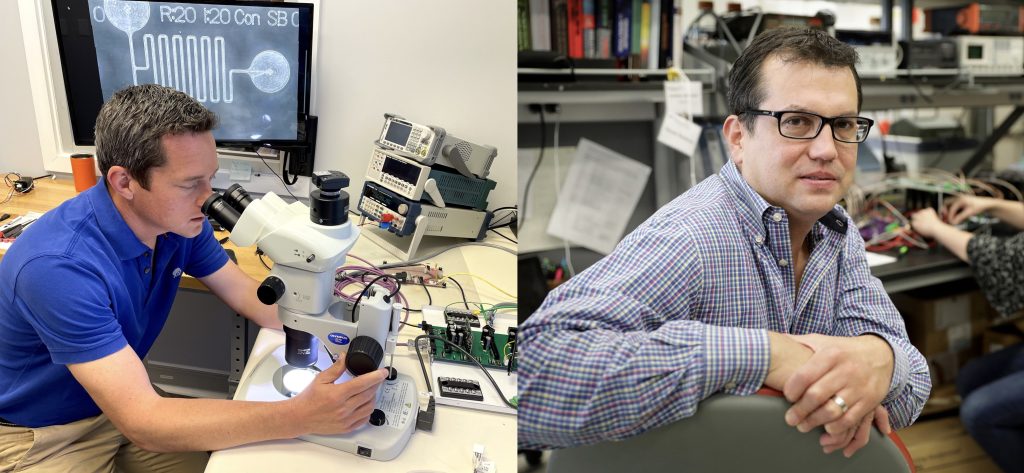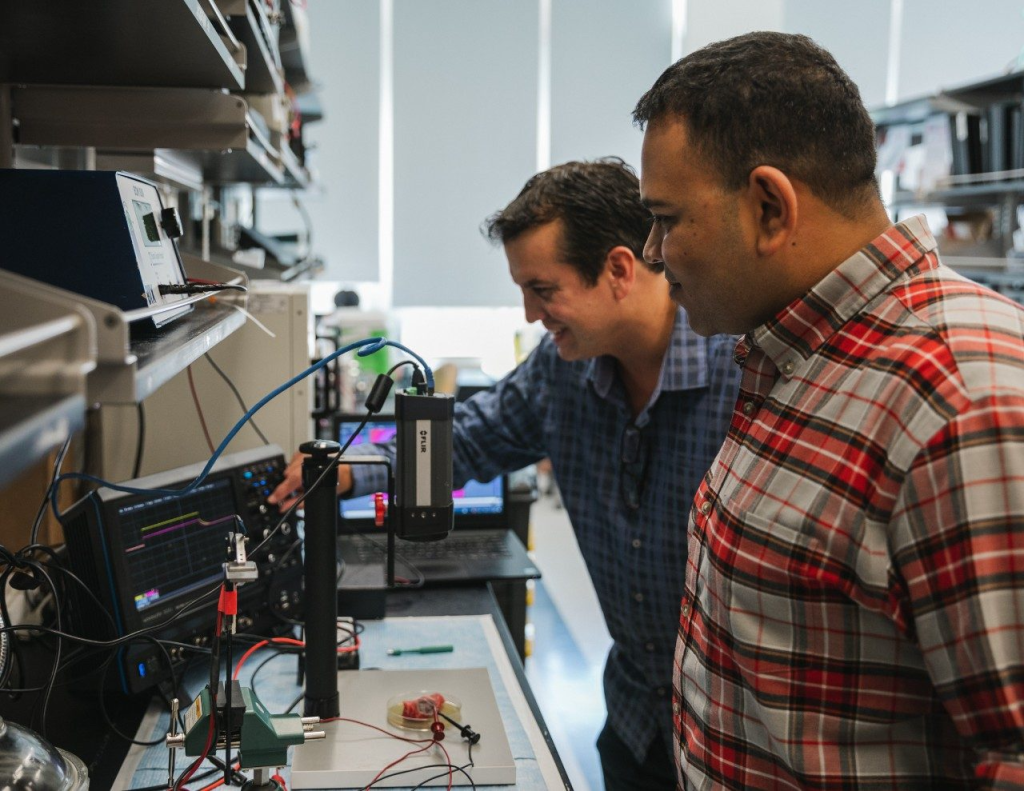Insiders and analysts predict the 3D printing trends to watch in our latest series of articles focused on the future of 3D printing.
Phase Inc, a North Carolina-based medical 3D printing startup, has partnered with Virginia Tech to advance the field of microfluidics 3D printing.
Together, Phase and Virginia Tech will use the former’s proprietary LE3D printing technology to develop novel microfluidic devices that will help researchers formulate new and improved medical treatments for conditions such as brain cancer. The work is also expected to help streamline drug discovery and personal health diagnostics.
Jeff Schultz, co-founder of Phase, said, “We look forward to leveraging this grant to further develop our technology to expand the capabilities of creating microfluidics in ways that are not possible with existing 3D printing or conventional manufacturing technologies.”
The joint project is being funded through a Small Business Innovation Research (SBIR) grant from the National Center for Advancing Translational Sciences (NCATS) of the National Institutes of Health.

Phase and its LE3D printing technology
Microfluidics relates to the behavior, control, and manipulation of fluids at small scales. Applied to medicine, microfluidic devices are what enable organ-on-a-chip models, which are often described as the “test tubes of the digital age”. These models are capable of simulating the real biological conditions found in the human body, enabling the development of novel diagnostic and therapeutic techniques without the need for human volunteers.
“There is significant commercial opportunity present in this emerging field,” the NCATS Scientific Review Panel said during the review process.
Phase’s in-house LE3D printing technology is designed specifically for the creation of microfluidic devices, which the company claims is a fast-growing $17B industry. According to the firm, its platform utilizes a ‘gold-standard’ biocompatible material that competing 3D printers cannot yet process. The technology is designed to be as accessible as possible, giving non-engineers the ability to design and fabricate their own microfluidic devices with ease.
Additionally, LE3D can fabricate multilayered, biomimicking devices with advanced features such as embedded gels and electrodes.
Rafael Davalos is the professor at Virginia Tech–Wake Forest University School of Biomedical Engineering and Sciences who will design and test the new microfluidic devices. He adds, “Having diagnostic or electrical devices embedded into 3D printed microfluidic devices has the potential to change the way these tools are created and opens new avenues to their applications.”
Davalos and his students have plans to 3D print a wide variety of microfluidic devices for several different applications, including rare cell isolation and modeling of the blood-brain barrier. The testing of the devices will involve trying to manipulate particles using electrical frequencies.

Microfluidics and 3D printing
Phase’s headquarters reside in First Turn Innovations, an engineering business incubator based in Cornelius, North Carolina. Here, startups like Phase have access to capital and investor guidance that can help commercialize novel ideas. With hopes of leading the microfluidics industry, the firm’s leadership comprises experts in both 3D printing and biomedical engineering, with a range of degrees from institutions such as MIT and UC Berkeley.
Still, Phase isn’t the only organization targeting microfluidics 3D printing. Just this month, Multiphoton Optics, a subsidiary of photolithography technology developer Heidelberg Instruments Mikrotechnik, announced its new two-photon polymerization (TPP) 3D printer – the MPO 100. Designed for the fabrication of structures down to the submicrometer range, the system is expected to enable a wide variety of applications in fields such as microfluidics, biomedicine, and more.
Elsewhere, in the academic sphere, researchers from the University of Bristol recently developed a novel low-cost and open-source 3D printing process for producing microfluidic devices. Requiring only simple domestic equipment and a standard desktop 3D printer, the researchers’ method reduces the cost and complexity of fabricating microfluidics to make the field more accessible.
Subscribe to the 3D Printing Industry newsletter for the latest news in additive manufacturing. You can also stay connected by following us on Twitter, liking us on Facebook, and tuning into the 3D Printing Industry YouTube Channel.
Looking for a career in additive manufacturing? Visit 3D Printing Jobs for a selection of roles in the industry.
Featured image shows Davalos conducting research alongside a student in the lab. Photo via Spencer Roberts of Virginia Tech.



